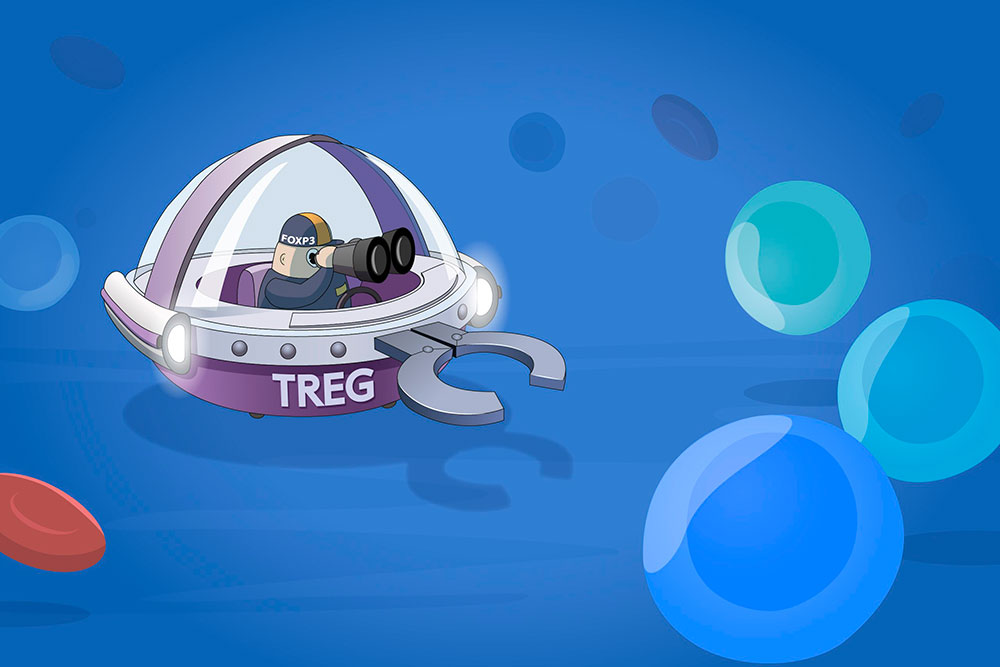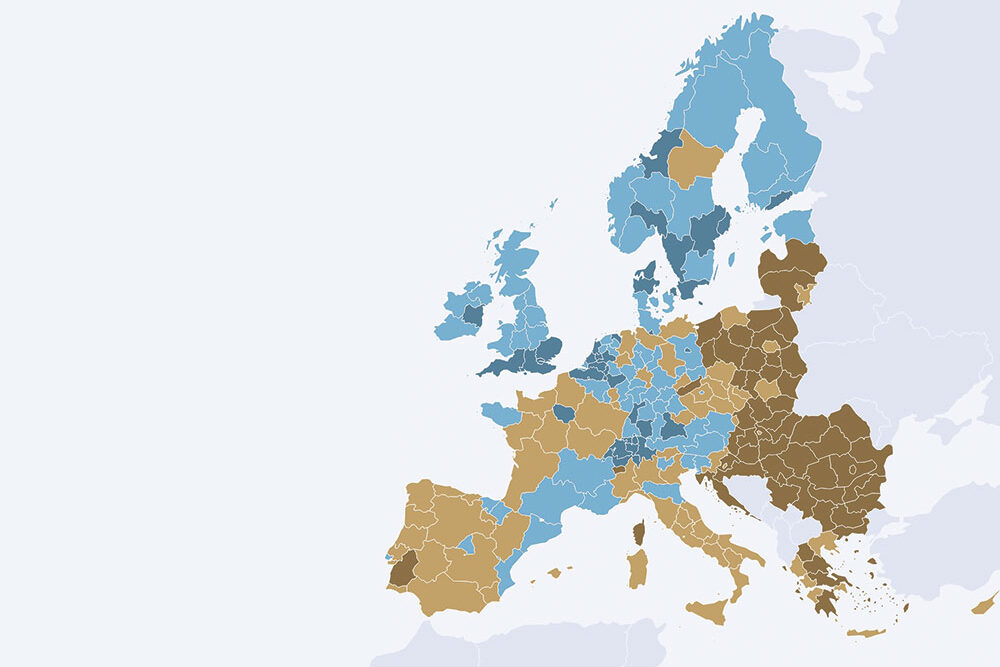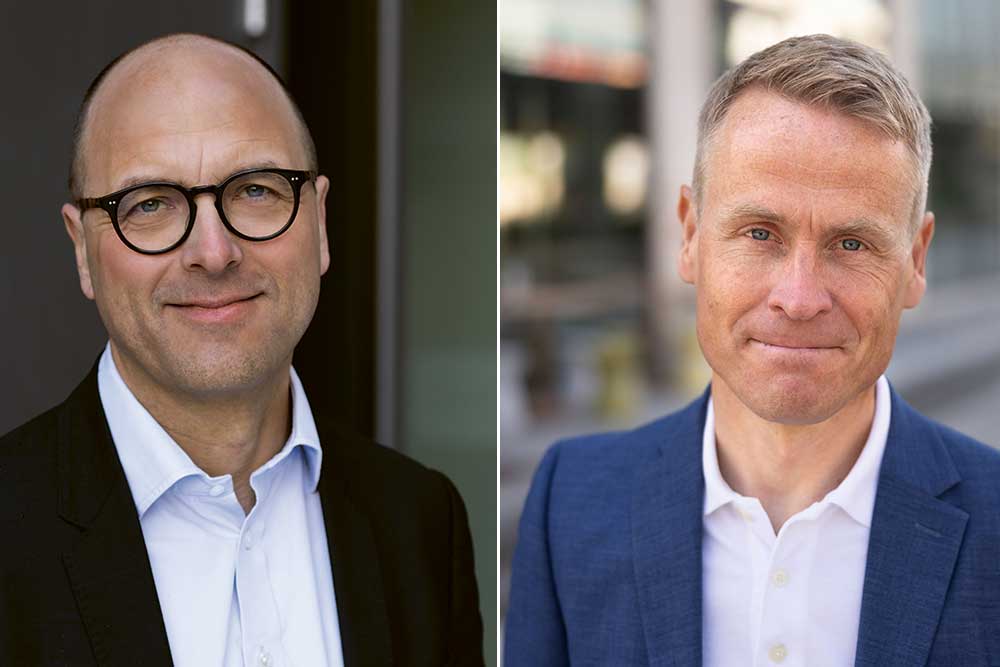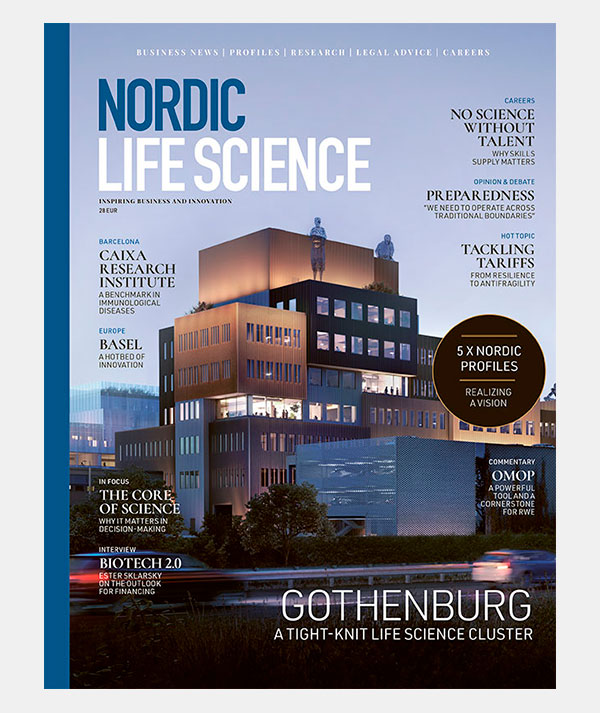Preparedness and the crucial role of life science
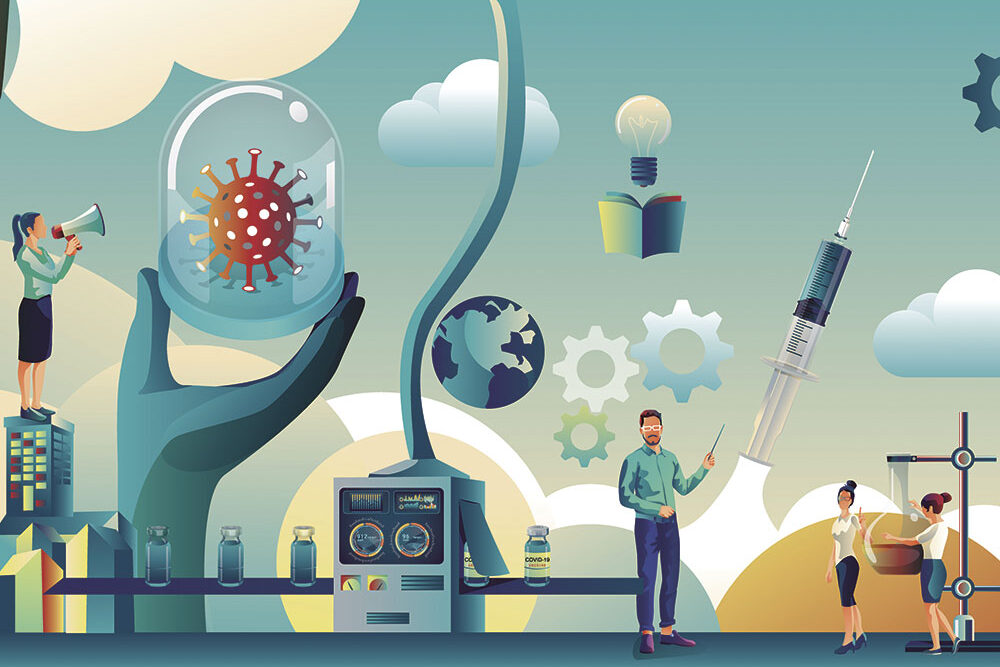
When the next pandemic, climate-driven health crisis, or antimicrobial threat strikes will we be ready? True preparedness is not measured in stockpiles or contingency plans alone. It lies in our ability to harness life science as a cornerstone of resilience – connecting human, animal, and environmental health to build societies that can withstand the crises of tomorrow.
A holistic, One Health perspective is essential as these domains are deeply interconnected. From zoonotic outbreaks to antimicrobial resistance and climate-driven health challenges, life science must operate across traditional boundaries if we are to safeguard societies against the crises of tomorrow.
Meanwhile, the US and China are expanding their lead, widening the innovation gap.
This summer, the European Commission launched a strategy to position the EU as the world’s most attractive hub for life science by 2030. The report is candid in its assessment: Europe currently lacks a coherent, integrated framework for life science, limiting opportunities for policy alignment, cross-sector collaboration, and the translation of research into sustainable solutions. Meanwhile, the US and China are expanding their lead, widening the innovation gap.
Among the proposed measures are significant investments in areas that reflect a One Health approach. Close to EUR 100 million is earmarked to make Europe a global leader in microbiome-based solutions. Another EUR 170 million is directed towards research at the intersection of health and climate, aimed at developing solutions to strengthen resilience and support both climate adaptation and mitigation. Scaling up research on sustainable food systems is also on the agenda – underlining the close links between human health, environmental sustainability, and secure supply chains.
In Norway, preparedness has also risen up the political agenda in the run-up to the next parliamentary election.
In Norway, preparedness has also risen up the political agenda in the run-up to the next parliamentary election. The challenge, however, lies in whether politicians can prioritize long-term preparedness over short-term gains and visible quick wins. Too often, strategic investments are deferred until the next crisis forces them onto the agenda.
The Draghi report, the European Commission’s new life sciences strategy, and a recent report from the Confederation of Norwegian Enterprise (NHO) all point to growing recognition that Europe and Norway must rethink competitiveness and preparedness. But strategies and reports alone are not enough. Progress will depend on consistent follow-through – and on continued pressure from industry, academia, and clusters to ensure that preparedness is embedded in practice, not just in rhetoric.
Life science is not a support function to be activated in emergencies; it is the backbone of society’s ability to adapt, protect, and thrive.
Preparedness is not only about readiness for the next pandemic or crisis. It is about embedding resilience into our systems every day. Life science is not a support function to be activated in emergencies; it is the backbone of society’s ability to adapt, protect, and thrive.
The life science community is ready to contribute. The real question is whether policymakers are prepared to match this commitment with long-term vision and decisive action.
About the author

Delphine Costa is the CEO of The Life Science Cluster. She is a recurring columnist in NLS magazine. This column was originally written for NLS magazine No 03 2025, out September 2025. Photo: Vardal/Moments.ao
Published: October 7, 2025


